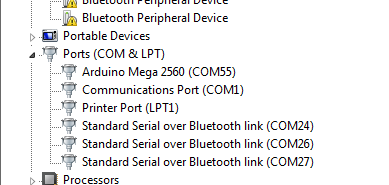Hi all,
I am starting a simple project for industry that in a first phase consists of obtaining hours of machine operation and count of processed products to display them on an lcd screen, and also send them to a server through wifi using web sockets, for which I do not plan to use sensors, but only signals from relays proper to the machine; however, being an industry I need to use more robust and secure components than the typical arduino cards. The next phase will be to use sensors to obtain operating variables such as temperature, and other.
I have reviewed a IoT WiFi PLC arduino based ( http://www.digital-loggers.com/plc.html ) , manufactured by Digital Loggers Inc that incorporates several elements in a compact way, mainly the WiFi component that I do not find in other similar products.

My knowledge of electronics is very small, so it will be very useful all your contributions to this project, as for code, connections, required componentes, functionality, considerations, and experience with this device.
Regards.
I am starting a simple project for industry that in a first phase consists of obtaining hours of machine operation and count of processed products to display them on an lcd screen, and also send them to a server through wifi using web sockets, for which I do not plan to use sensors, but only signals from relays proper to the machine; however, being an industry I need to use more robust and secure components than the typical arduino cards. The next phase will be to use sensors to obtain operating variables such as temperature, and other.
I have reviewed a IoT WiFi PLC arduino based ( http://www.digital-loggers.com/plc.html ) , manufactured by Digital Loggers Inc that incorporates several elements in a compact way, mainly the WiFi component that I do not find in other similar products.
My knowledge of electronics is very small, so it will be very useful all your contributions to this project, as for code, connections, required componentes, functionality, considerations, and experience with this device.
Regards.

